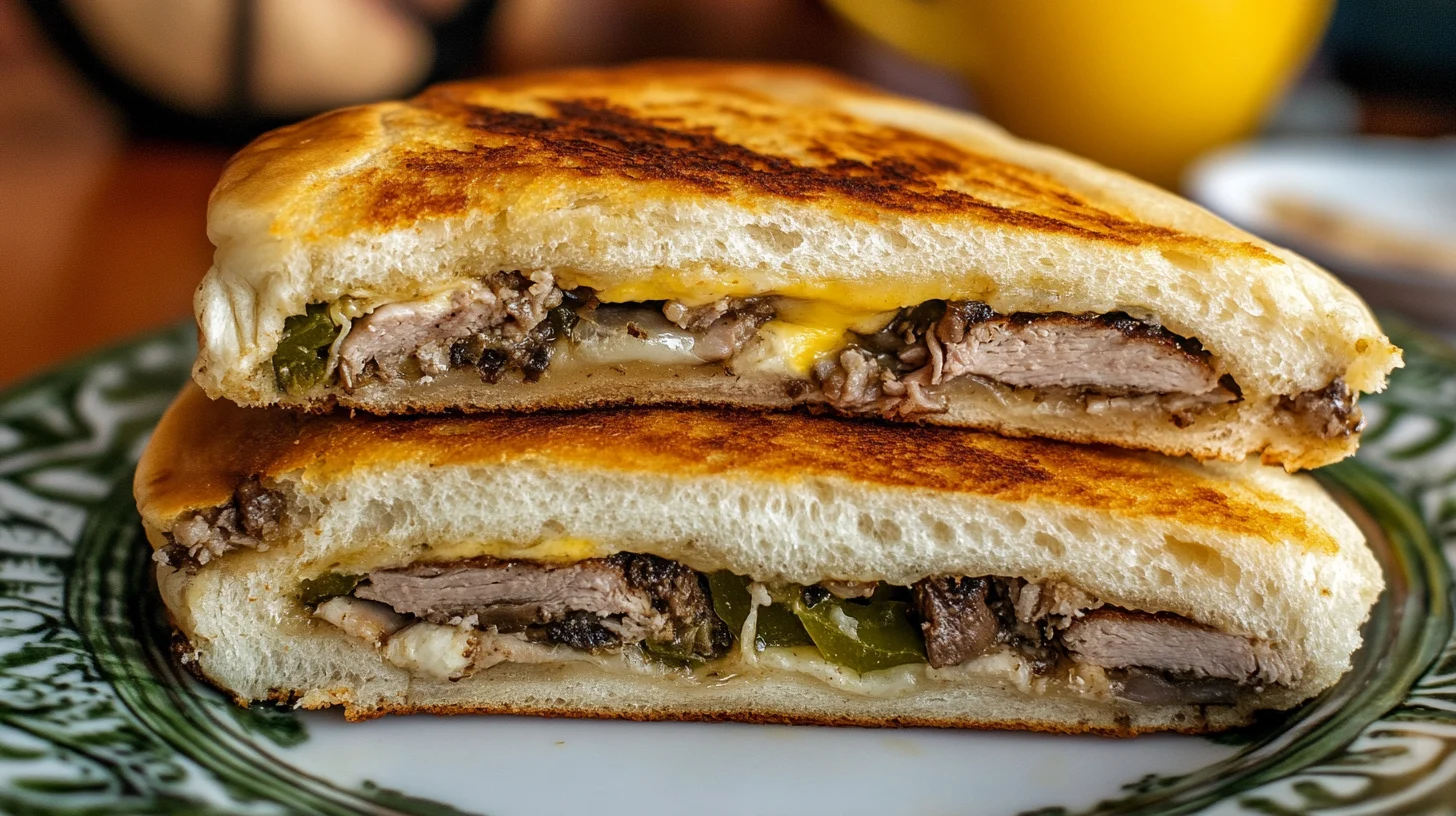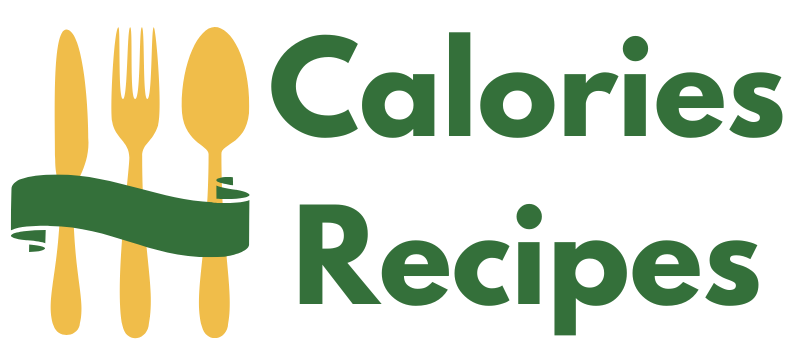Introduction
The allure of Cuban cuisine is rich and vibrant, with Pan Cubano standing out as a cornerstone of its culinary tradition. This article dives into the Pan Cubano recipe, offering insights into its history, unique preparation techniques, and step-by-step instructions. If you’re a fan of exploring diverse recipes, you might also enjoy trying the Protein Cookie Recipe for a sweet yet healthy treat.
What Is Pan Cubano?
Pan Cubano, commonly known as Cuban bread, is a staple of Cuban culture. Its simple ingredients like flour, yeast, water, and a touch of lard make it unique. To understand the ingredients better, you can check out what makes other recipes special, such as What is Chow Chow Made Of?, for insights into another iconic dish.

History of Cuban Bread
Pan Cubano has its origins in the early 1900s in Cuba, emerging as a popular staple among the working class due to its affordability and simple ingredients. As Cuban immigrants made their way to Florida, they brought their treasured recipes and distinct baking techniques with them, integrating Pan Cubano into both Cuban and American food cultures. Today, it remains a symbol of Cuban heritage and culinary tradition, beloved by many and continued to be baked in much the same way as it was a century ago.
Why Pan Cubano Is Unique
Pan Cubano distinguishes itself through its unique preparation and baking methods, which include several key characteristics that differentiate it from other types of bread:
- The use of lard: This traditional fat adds a depth of flavor and a tender texture that is quintessential to Cuban bread.
- High moisture dough: The dough for Pan Cubano is more hydrated than typical bread doughs, which contributes to its characteristic soft texture.
- Palmetto leaf during baking: In traditional baking methods, a palmetto leaf is placed on the dough before it is baked. This not only imparts a subtle flavor but also creates a distinctive split in the crust as it bakes.
Ingredients for Authentic Pan Cubano
Creating authentic Pan Cubano starts with assembling the right ingredients. Here’s what you’ll need:
- All-purpose flour: Serves as the backbone of the bread.
- Yeast: Crucial for helping the bread rise.
- Water: Needed to hydrate the flour and activate the yeast.
- Sugar: Feeds the yeast and adds a slight sweetness to the bread.
- Salt: Enhances the overall flavor of the bread.
- Lard: Provides the unique texture and taste that is typical of Cuban bread.

Step-by-Step Instructions for Making Pan Cubano
Here is a detailed walkthrough to guide you through the process of making Pan Cubano:
- Mixing the ingredients: Begin by combining the flour, yeast, sugar, and salt. Gradually add water and melted lard to form a dough.
- Kneading: Knead the dough on a lightly floured surface until smooth and elastic.
- First Rise: Place the dough in a lightly oiled bowl, cover it with a damp cloth, and let it rise in a warm place until it doubles in size, about 1 to 1.5 hours.
- Shaping and Second Rise: Shape the dough into a long loaf, place it on a baking sheet, cover lightly, and let it rise again until puffy, about 30 to 45 minutes.
- Baking: Bake in a preheated oven at 375 degrees Fahrenheit until the crust is golden brown and the loaf sounds hollow when tapped, approximately 25 to 30 minutes.
Tips for Perfectly Fluffy Cuban Bread
Achieving perfectly fluffy Pan Cubano involves more than just following a recipe. Consider these additional tips:
- Proper kneading: Kneading develops the gluten in the flour, giving the bread its structure and softness.
- Optimal rising conditions: Keep the rising dough in a warm, draft-free area to encourage a good rise.
- Patience with proofing: Allow the dough sufficient time to rise, which ensures the development of flavor and texture.
Common Mistakes to Avoid When Baking Pan Cubano
Even experienced bakers can run into issues. Here are some common mistakes to watch for:
- Over-kneading the dough: While kneading is essential, too much can result in tough bread.
- Skipping the second rise: The second rise gives the loaf its final shape and size; rushing this step can affect the texture.
- Baking at the wrong temperature: Too high a temperature can cause the crust to form too quickly, preventing the bread from rising properly inside.
By adhering to these guidelines and using traditional techniques, you can master the Pan cubano recipe and enjoy this delicious bread as it was meant to be experienced. Each slice offers not just a taste but a glimpse into the rich culinary heritage of Cuba.
Even experienced bakers can encounter challenges. If you’re troubleshooting recipes, understanding What Makes Crab Cakes Stick Together can provide helpful parallels to managing dough consistency in bread.
The Importance of Lard in Cuban Bread
The use of lard in the Pan cubano recipe is integral, not just for its function, but for its cultural authenticity. Lard imparts a depth of flavor and a tender texture that is crucial for the distinctive qualities of Pan Cubano. Here’s why lard is essential:
- Flavor Enhancement: Lard enriches the bread with a subtle, yet distinct, savory note that cannot be mimicked by other fats.
- Texture: It contributes to the bread’s famously tender crumb and flaky crust.
- Authenticity: True Cuban bread relies on lard for its traditional flavor profile and mouthfeel, echoing the culinary practices of generations.

How to Achieve the Signature Crust of Pan Cubano
The crust of Pan Cubano is notoriously crisp and golden, which requires precise baking techniques to perfect:
- Oven Temperature: Starting with a hot oven helps set the crust quickly, preventing it from becoming too thick or hard. Reducing the temperature after the initial burst of heat allows the loaf to cook through evenly.
- Steam Introduction: Adding steam to the oven during the first few minutes of baking keeps the outer layer of the dough flexible, enhancing the rise and subsequently the crunch of the crust.
- Surface Moistening: Brushing the dough with water before and during the early stages of baking can help achieve a glossier, crisper crust.
Serving Suggestions for Pan Cubano
Pan Cubano is incredibly versatile, making it a staple in various meals. Here are some delightful ways to serve this bread:
- Sandwiches: Beyond the classic Cubano sandwich, this bread works well with any hearty fillings like pulled pork or grilled vegetables.
- Toast Points: Lightly toasted, these can be a perfect base for avocado smash or a flavorful bruschetta.
- Accompaniment for Dips: Serve it as a side with dips like hummus or salsa for a satisfying snack.
Pairing Cuban Bread with Traditional Cuban Dishes
Integrating Pan Cubano with traditional Cuban dishes can elevate a simple meal to an authentic feast:
- With Soups and Stews: The bread’s absorbent nature makes it perfect for sopping up the rich broths of Cuban stews like potaje or ajiaco.
- Dessert Applications: Believe it or not, slightly stale Pan Cubano can be transformed into a delicious bread pudding, known as capuchinos.
Storing and Reheating Pan Cubano
Proper storage and reheating are crucial to maintaining the bread’s quality:
- Cool Down Completely: Allow the bread to cool down completely before storing to prevent condensation that can make the crust soggy.
- Avoid Refrigeration: Storing bread in the refrigerator can actually hasten staling. Instead, keep it at room temperature in a bread box or wrapped in a clean cloth inside a plastic bag.
Healthier Alternatives for Making Pan Cubano
For those looking to enjoy Pan Cubano with a healthier twist, consider these modifications:
- Reduced Fat Options: Swap out lard for unsaturated fats like olive or avocado oil, which offer health benefits without compromising the bread’s texture significantly.
- Alternative Sweeteners: Replacing sugar with alternatives like apple sauce or mashed bananas can reduce calories while adding natural sweetness and moisture.
- Incorporating Seeds and Nuts: Adding a handful of seeds or nuts can enhance the nutritional profile, providing additional fiber, fats, and proteins.

Frequently Asked Questions About Pan Cubano Recipe
Addressing common queries can help clarify the process and ensure success in making Pan Cubano:
- What if my bread isn’t rising? Ensure your yeast is fresh and active; also, check that the environment is warm enough to support yeast activity.
- Can I make this bread vegan? Yes, replacing lard with a plant-based alternative like coconut oil can make this recipe vegan-friendly.
- How can I make my bread more flavorful? Experiment with infusions in the dough, such as garlic powder, herbs, or even a hint of citrus zest to elevate the flavor profile.
Conclusion
Mastering the Pan cubano recipe enriches your baking repertoire, bringing a slice of Cuban tradition into your kitchen. This bread’s versatility makes it suitable for any meal, from breakfast to dinner, adapting to various dietary preferences with a few adjustments. Embrace the process and enjoy each step, from kneading the dough to taking that first, satisfying crunch of the crust, and share the joy of authentic Cuban bread with family and friends.

1 thought on “Pan cubano recipe”